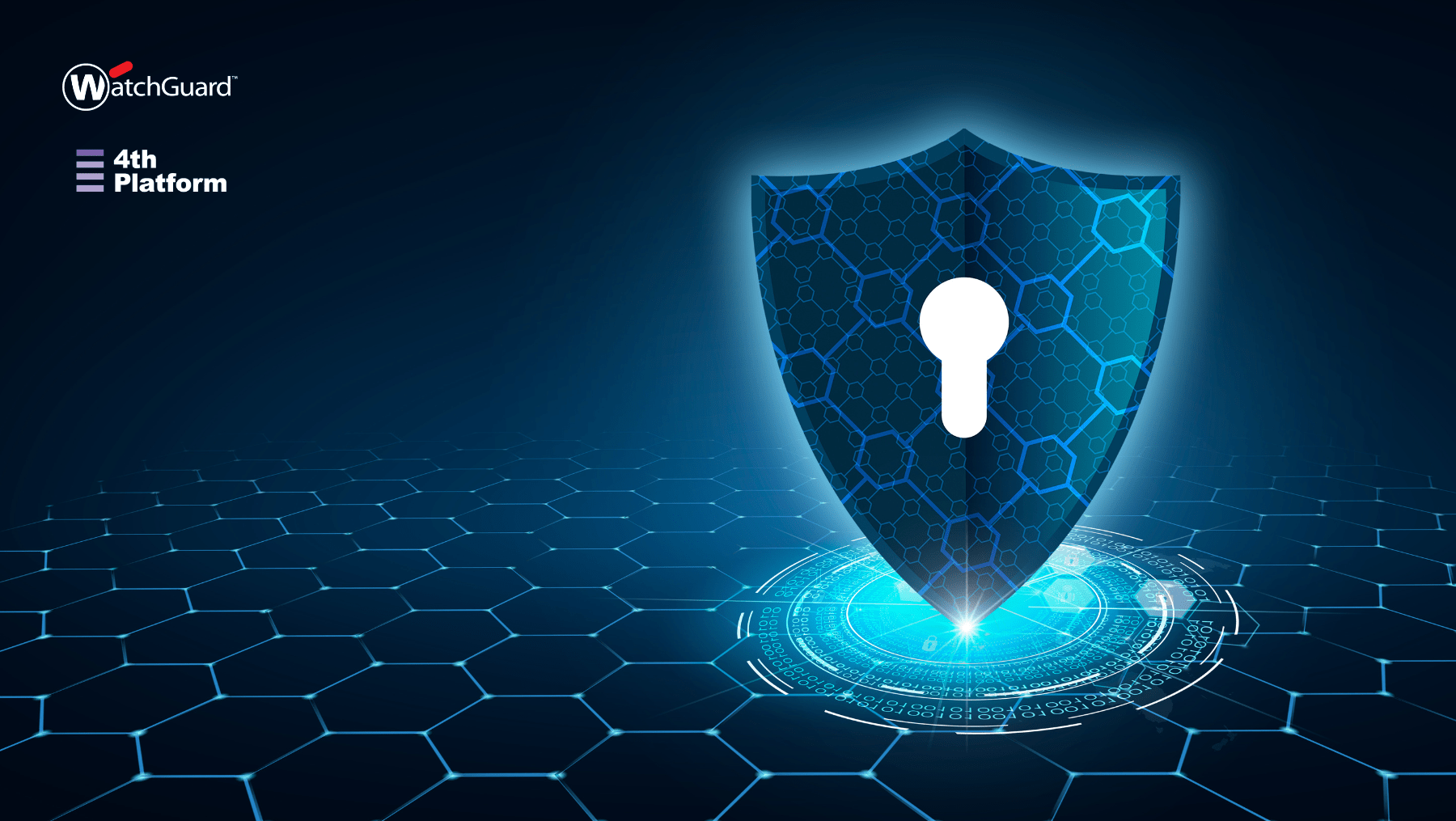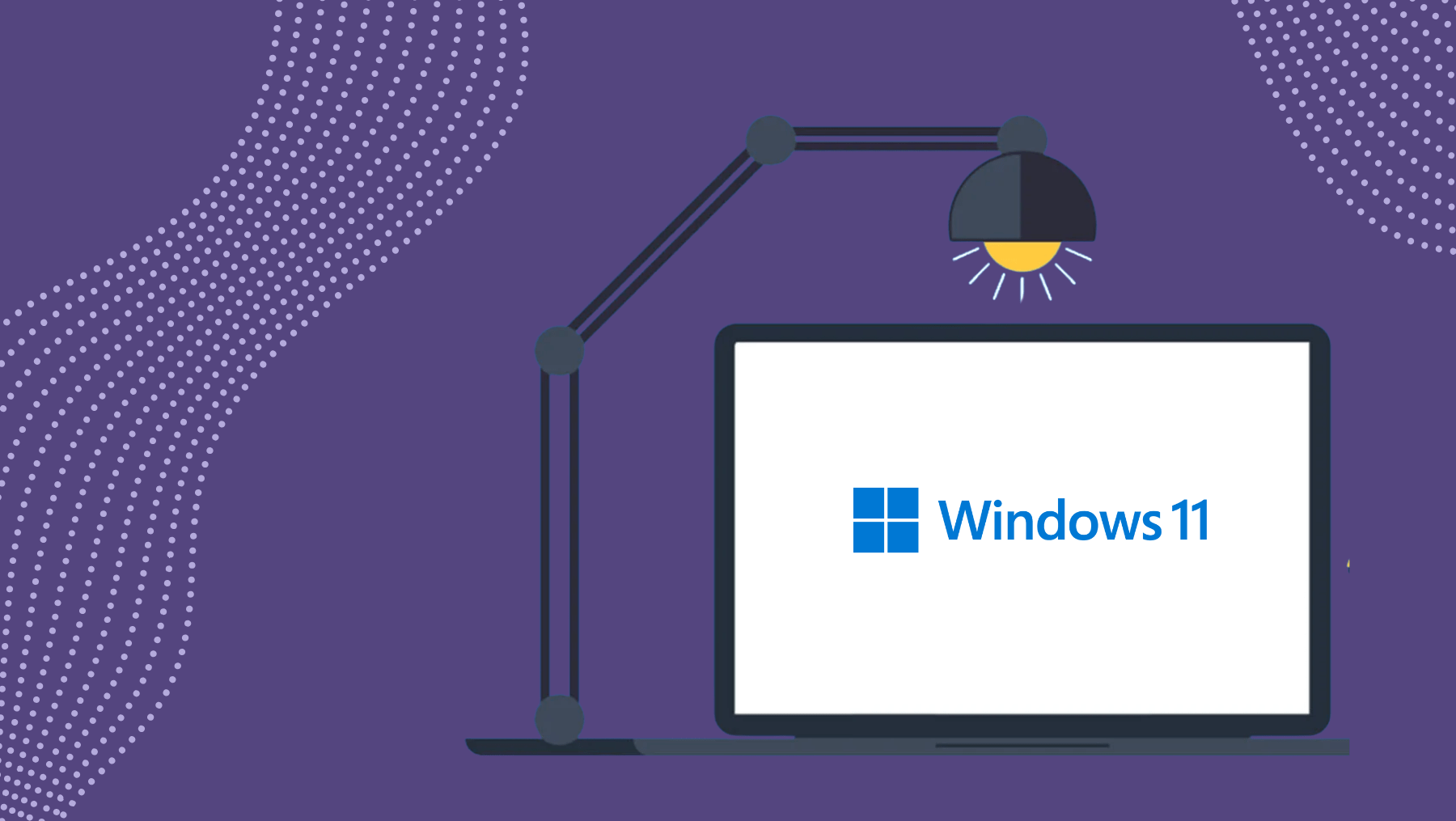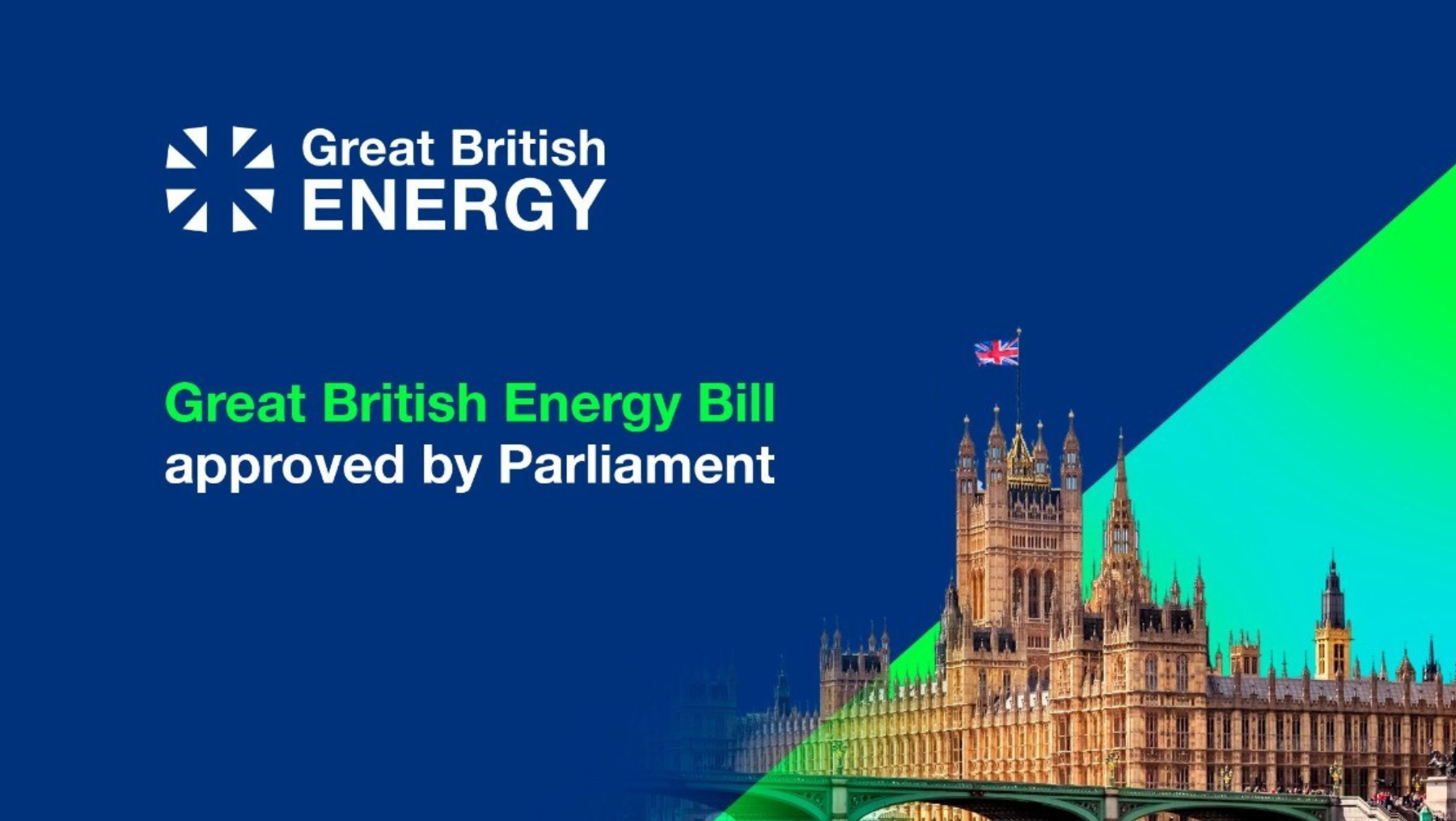The unseen side of the internet
Most business leaders are familiar with the internet they use every day: websites, emails, social platforms, and cloud tools. But beneath that visible layer lies a vast, hidden network known as the dark web. It’s a section of the internet that isn’t indexed by search engines, and it’s where cybercriminals buy, sell, and trade stolen data.
For many SMEs, this sounds like something that only affects large enterprises or government agencies, but the truth is, small and mid-sized businesses are often prime targets. Their defences are typically weaker, and their stolen data (emails, logins, financial credentials) can fetch a high price.
What exactly is dark web monitoring?
Dark web monitoring is the digital equivalent of having a security guard patrolling the internet’s back alleys on your behalf. It continuously scans forums, marketplaces, and data dumps on the dark web to detect whether your company’s information, such as corporate email addresses, usernames, passwords, domain names, IP addresses, or financial and client data, has been compromised or shared.
When a match is found, you’re alerted immediately, allowing you to take action before attackers can exploit it. That might mean resetting passwords, locking down systems, or investigating a potential breach.
Why it matters for SMEs
Small and mid-sized businesses often underestimate the value of their data. Cybercriminals don’t.
Here’s why dark web monitoring should be on your radar:
- Early warning system: It gives you advance notice that your credentials are circulating online, often before an attack happens.
- Reduced breach impact: The faster you respond to a compromise, the less damage it can do to your business, reputation, and customers.
- Compliance support: Many data protection regulations, like GDPR, expect companies to monitor for breaches and act swiftly.
- Protects your people: Employees often reuse passwords across platforms. Monitoring helps flag exposures that could affect both work and personal accounts.
- Affordable and accessible: Once reserved for enterprise-scale budgets, dark web monitoring is now available through modern cybersecurity packages, making it a practical addition to any SME’s defence strategy.
How it fits into your wider cybersecurity strategy
Dark web monitoring isn’t a standalone solution. It’s a critical layer that complements your existing cybersecurity stack. When combined with endpoint protection to block malware and ransomware, multi-factor authentication to reduce credential theft, security awareness training for staff, and regular patch management and updates, you create a resilient, proactive defence system that evolves with the threat landscape.
Think of it as part of a continuous improvement cycle: detect → alert → act → prevent.
What happens when a breach is found
If your data appears on the dark web, speed is everything. A managed service provider like 4th Platform can verify whether the leaked information is genuine and active, identify which systems or users are affected, secure compromised accounts immediately, investigate root causes to prevent recurrence, and report and remediate according to compliance obligations.
Having that expert response on standby means you can move from panic to action within hours, not days.
Final thought
You can’t control what happens on the dark web, but you can control how quickly you know about it.
By integrating dark web monitoring into your cybersecurity framework, you’re not just reacting to threats; you’re anticipating them. For SMEs striving to stay secure, compliant, and competitive, that’s a strategic move worth making.
Call to Action
Want to know if your company’s credentials are already on the dark web? Book your Discovery Meeting Today
The IT Gap: When “Good Enough” Isn’t Enough Many small and medium-sized businesses rely on traditional IT support to keep things running. It’s a
4th Platform Partners with WatchGuard to Deliver FireCloud: Stronger Security, Less Effort Protect every worker, everywhere 4th Platform has partnered with WatchGuard to bring
The recent cloud outage at AWS, which caused downtime, data unavailability and shaken confidence, is a timely wake-up call for organisations of every size.
In 2025, sustainability is more than a buzzword, for UK organisations, it’s becoming integral to brand reputation, regulation, and cost control. And one of
In just 15 days, Microsoft will begin its formal switch to Windows 11 for eligible devices. Whether you’re managing a team of employees, running
The UK’s traditional phone network, the Public Switched Telephone Network (PSTN Switch-Off), is being retired. By January 2027, it will be permanently switched off.
Ransomware remains the UK’s most serious cyber threat. In July 2025, the Home Office set out proposals to ban ransom payments for public-sector bodies
The UK’s data protection rules are changing again Post-Brexit. With the Data (Use and Access) Act 2025 (DUAA) now law, businesses face new obligations
Why Now? Windows 10 is approaching End of Life Microsoft will retire Windows 10 on 14 October 2025, ending free security and feature updates. The
Why should technology leaders care about energy legislation? The UK’s journey toward energy independence and net zero is now inseparable from the nation’s digital


















